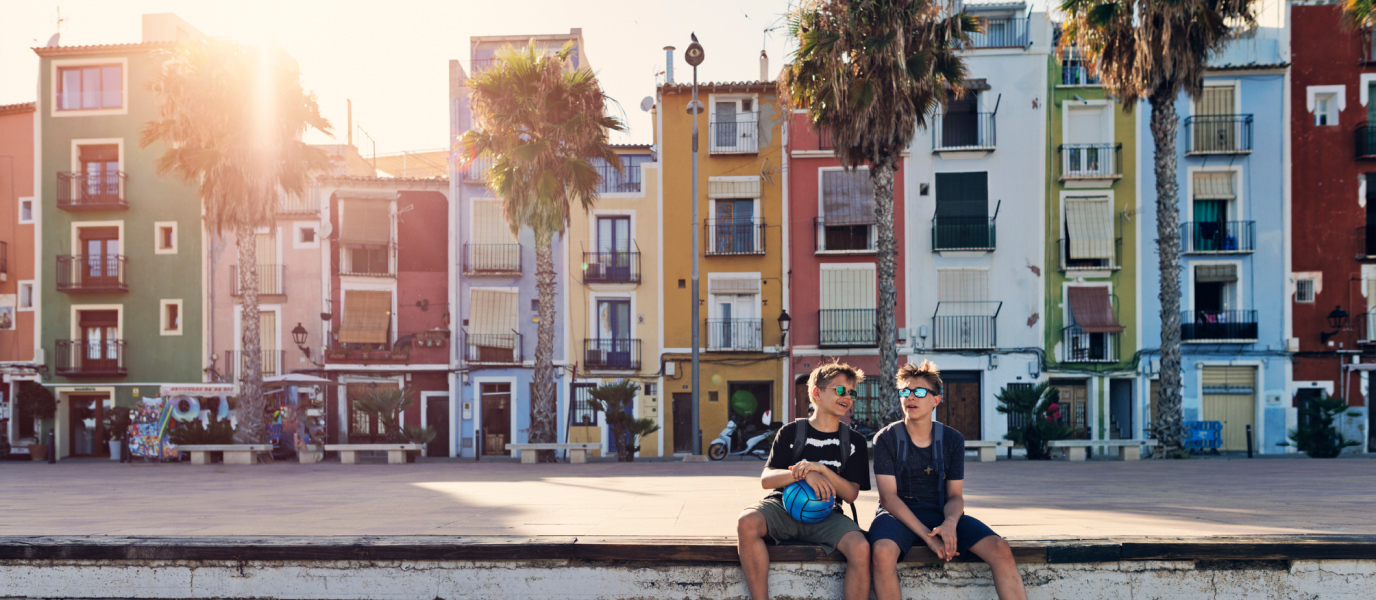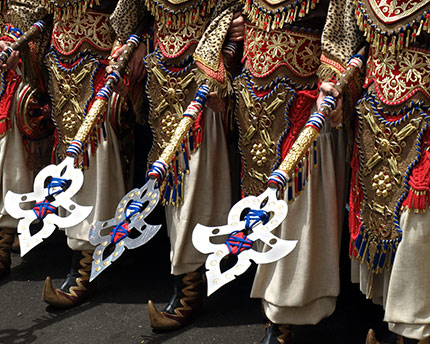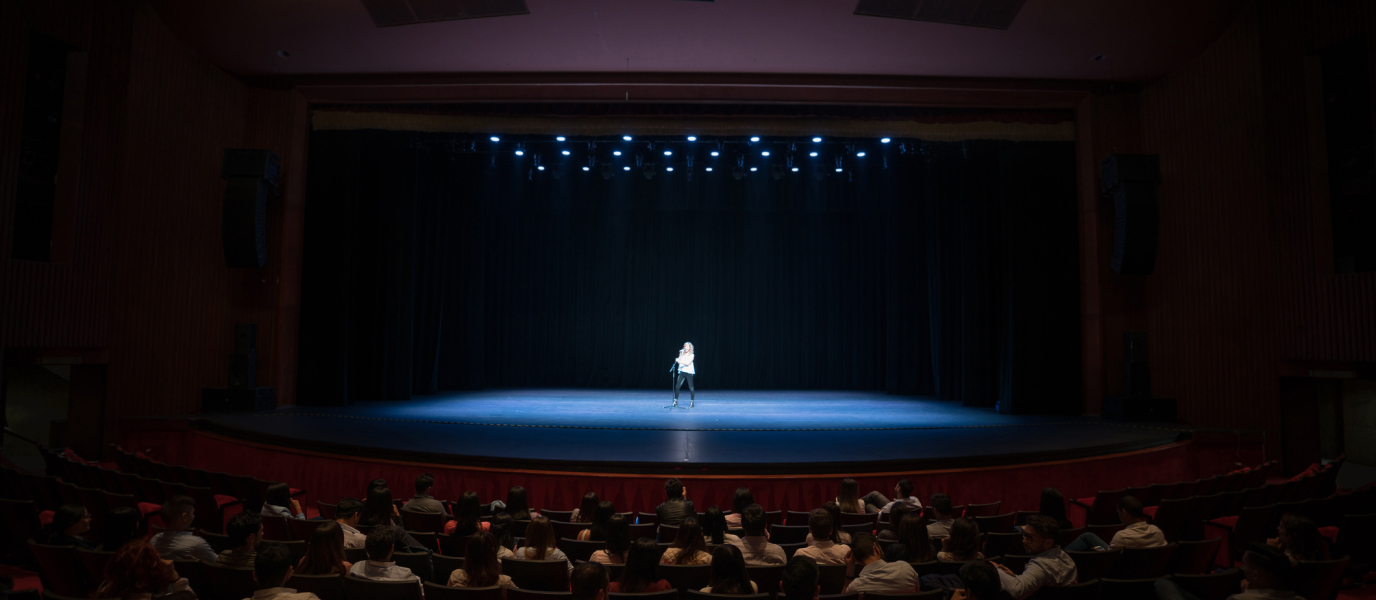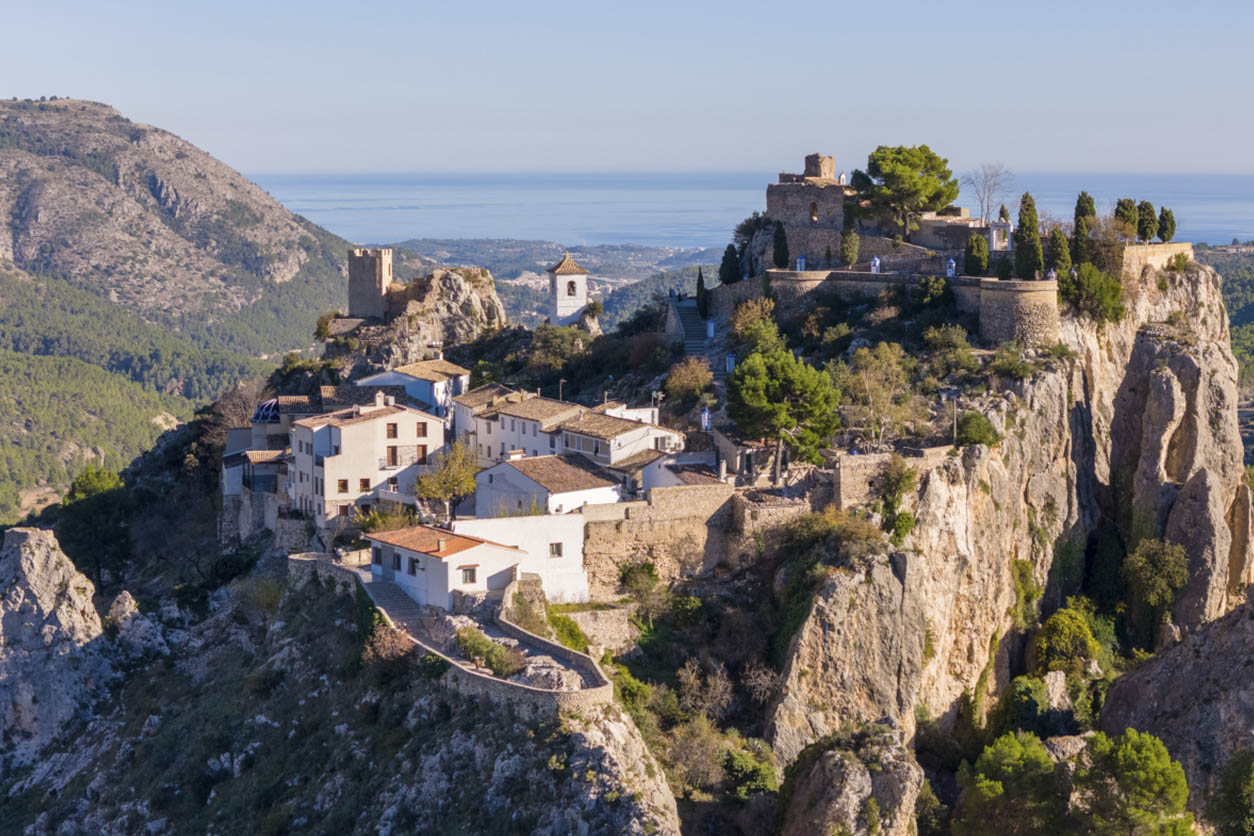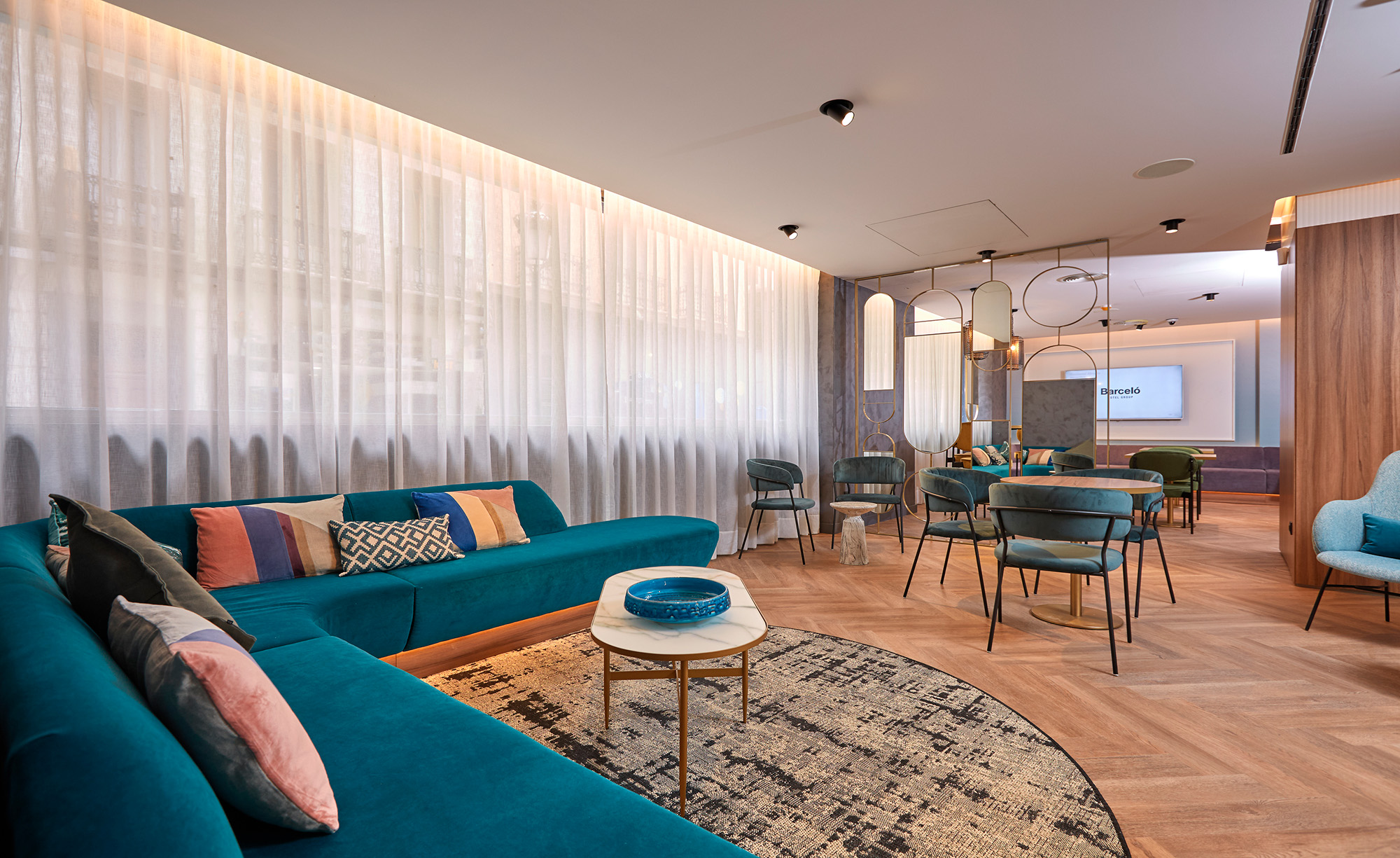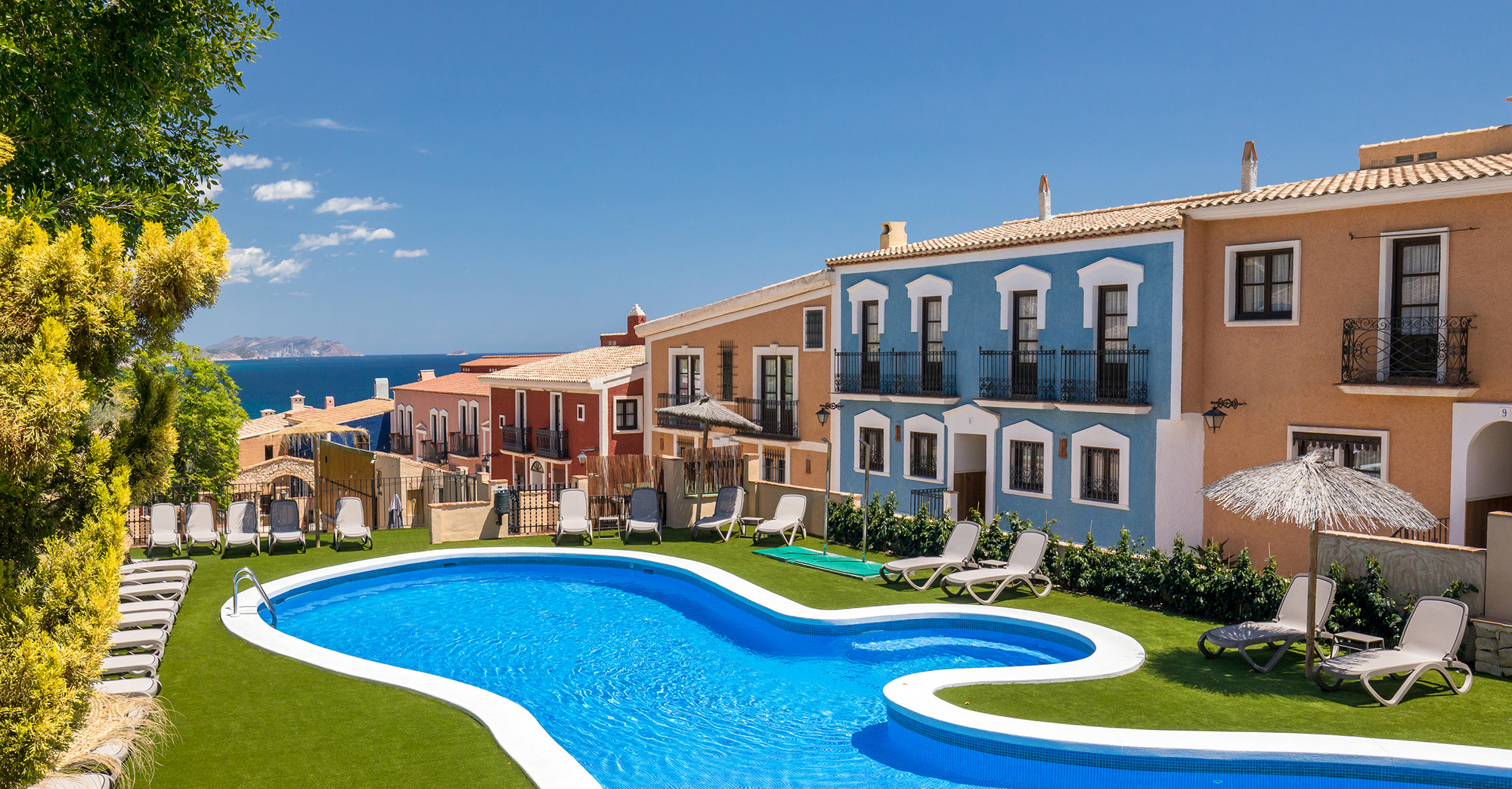The Fiesta de San Juan—also known as the Víspera de San Juan or the Noche de San Juan—is traditionally celebrated in the city of Alicante, held every year between 20 and 24 June. Historically, this celebration has been associated with the birth of Saint John the Baptist by Christianity, and with the ancient Pagan agricultural festivals that celebrated the arrival of the summer solstice. Officially recognised in 1928 by the Alicante City Hall, the Fiestas de San Juan de Alicante share many of the characteristics of the hugely famous Fallas de Valencia such as street music and concerts, the burning of ninot sculptures, mascletá fireworks, flower offerings and bullfights. However, the most highly anticipated part of the celebration takes place on the Noche de San Juan in the early hours of 24 June, when around 90 bonfires are lit, amidst cheers and applause, throughout the city of Alicante. If you want to enjoy an authentic festival with views across the Mediterranean, look no further than this summer event in the province of Alicante.
History of the Fiestas de San Juan
Before anything else, it’s probably a good idea to take a quick look at the origin of this intriguing celebration. Despite the fact that the San Juan Bonfires—Fogueres de Sant Joan, in Valencian—have become a recognised symbol of the city of Alicante, the truth is that these bonfires are also lit in other Spanish regions in addition to other European countries (such as Portugal and Norway) and various Latin American countries. The reason, according to many, comes from the fact that, at the end of the day, the lighting of bonfires is a common cultural manifestation amongst ancient agricultural communities, who saw fire as a source of natural purification.
In the province of Alicante, despite the fact that bonfires have been lit since time immemorial, the fiestas started to assume their current form in 1928 when the Cadiz-born José María Py persuaded the Alicante City Hall that bonfires could be a powerful tourist attraction. Following an astonishingly successful first official edition, the Fiestas de San Juan soon saw the birth of their most famous figure, the Beauty of the Fire—Bellesa del Foc, in Valencian—the queen of the Alicante fiestas. With the passage of time, the invaluable effort of the local people—without which the Fiestas de San Juan wouldn’t exist today—has been more than rewarded: in 1983 it was declared a Fiesta of National Tourist Interest, and in 2014 it was declared by UNESCO as Intangible Cultural Heritage.
Dates of celebration and events prior to the Fiestas de San Juan
While the Fiestas de San Juan are officially celebrated between 20 and 24 June, the city starts scheduling a series of preceding events from January onwards. For example, between the months of January and April, each of the neighbourhoods that have their own bonfire will select their candidate for the Beauty of the Fire. May marks the beginning of the Ninot Sculpture Exhibition, where visitors can marvel at the figures due to be burnt during the Noche de San Juan. Other acts preceding the fiesta include the Beauty of the Fire Gala (adult and children category) and the Ninot’s Reprieve, during which one sculpture will be selected to be saved from the flames. On 19 June, each participating neighbourhood will also create their own bonfire and set up their corresponding barraca (a closed-off street with tables, a stage and a bar).
Notable events during the Fiestas de San Juan de Alicante
The Fiestas de San Juan officially begin on 20 June with a series of inaugural events. The Bonfire Proclamation is one such example, during which a famous figure announces the start of the festivities. There is also the Racó Fogueril: a dinner in which participants will eat traditional Mediterranean dishes such as tuna tart and brebas. A Correfoc (“Fire Run”, in English) is also held at night, comprising a huge parade that fills central Alicante with gunpowder and firecrackers.
On the other days, there will be countless mascletás (rhythmic firework displays) and various parades:
- 23 June, the Víspera de San Juan, is the date of the Ofrenda Vespertina de Flores y Frutos a San Juan (Evening Offering of Flowers and Fruits to Saint John), the patron saint of the city. There will also be an awards ceremony for different groups.
- On the morning of 24 June, the International Folklore Parade will take place: a parade bursting with floats, dancers and musicians who weave their way around the city’s main streets. At night, the famous event known as “la cremá” will take place. During this event, the Beauties of the Fire (in the children and adult categories) will light their corresponding official bonfires at the City Hall. Following this, the other groups will also light their own bonfires. If that wasn’t enough, an impressive firework display will also be held at the Castillo de Santa Bárbara during the event.
Interesting facts and figures
Anyone who has attended the cremá during the Noche de San Juan will know the high temperatures that are reached on the streets of Alicante. For this reason, in addition to ensuring the safety of the attendees, the firemen also spray water over the crowds with their hoses (known as Banyá).
While the most famous Fiestas de San Juan are those celebrated in Alicante itself, you should note that similar fiestas are also held in other towns throughout the province of Alicante. To name but a few, we recommend visiting Torrevieja, Jávea, Denia and Benidorm.




































































